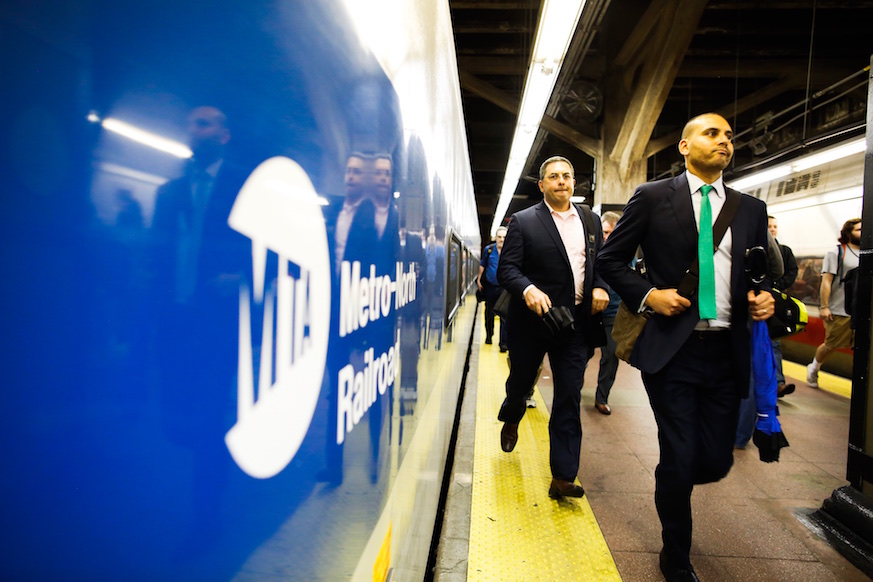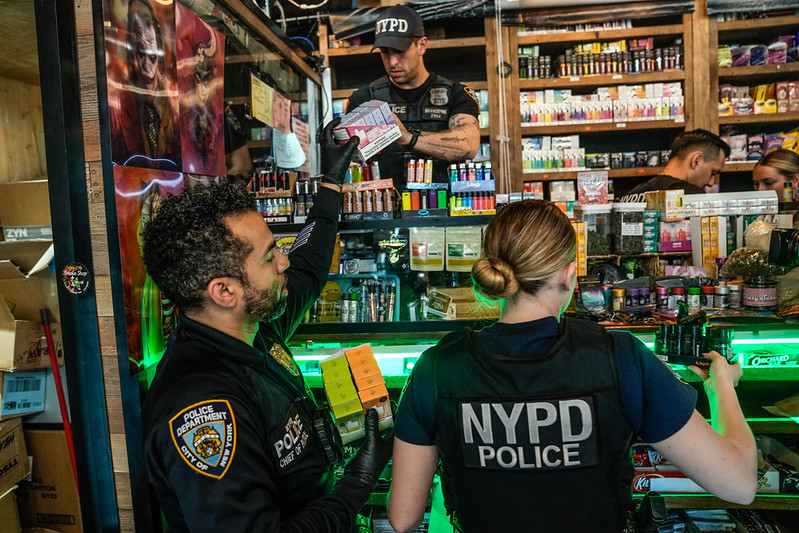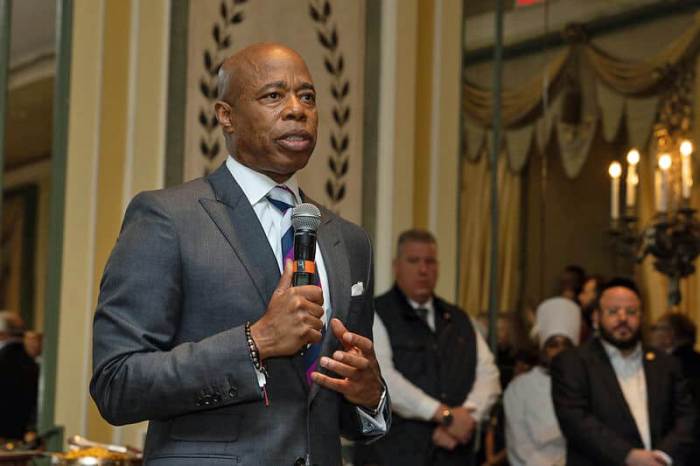As every commuter knows, the MTA is archaic in many ways, with its leaky tunnels, ancient subway signals, and outdated bus routes. But perhaps nothing in the agency’s operations is more backward — some might even say discriminatory — than the longstanding service agreement allowing Metro-North commuter trains to systematically bypass the Bronx and its residents.
For decades, Metro-North trains travelling on the New Haven line have sped past Bronx stations without picking up a single local passenger on its way to Grand Central Station. This neglect is inscribed in the Metro-North’s service agreement with the Connecticut State DOT and has its historical roots in a bygone arrangement dating all the way back to the mid-19th century.
It is government-sanctioned discrimination that, in 2018, is completely retrograde and must end immediately.

Here is the history: In 1848, the New York-New Haven Railroad (NY&NH) was granted access to tracks owned by the New York-Harlem Railroad (NY&H), on the condition that they did not serve any passengers along the NY&H line. At the time, this decision was primarily about competition between rival railroads, not about service.
Over the decades — even as the Bronx grew into one of the most populous and diverse counties in the nation and as these train lines were consolidated under a single operator — this practice has been preserved, most recently by Metro-North and the Connecticut DOT.
What this means in practice is that each morning, 55 Metro-North trains rumble down the New Haven line, hurdle past seven stations in the Bronx and Manhattan, and fail to serve a single Woodlawn, Norwood, Claremont, Belmont, or East Harlem passenger, forcing them to wait for trains arriving on the separate Harlem line instead.
This must change. First, regular drop-off and pick-up service must be added immediately at each of these New York City stations bypassed by the New Haven line.
Secondly, and more broadly, the MTA must “open up” its Metro-North and LIRR commuter rail service within the five boroughs — reducing exorbitant in-city fares, allowing free transfers with the subway and bus, and increasing local stops.
In total, there are 41 commuter rail stations in the city, many of which are located in neighborhoods commonly referred to as “transit deserts.” Yet these neighborhoods are clearly not being deserted by transit lines, they are being deserted by transit agencies.
At a time when the Bronx, Brooklyn, and Queens are responsible for 84 percent of the city’s net employment growth and 73 percent of its residential growth, this neglect is downright irrational and exclusionary. Opening up commuter rail is a smart, fast, and affordable way to extend the reach of the transit system, improve job access, and save hours of commuting time for thousands of New Yorkers.
These reforms are common sense, fiscally responsible, and long overdue. It is far past time for the MTA — and the Connecticut State DOT — to move into the 21st century. They must stand clear of the doors and not hold service from the straphangers who need it most.



















